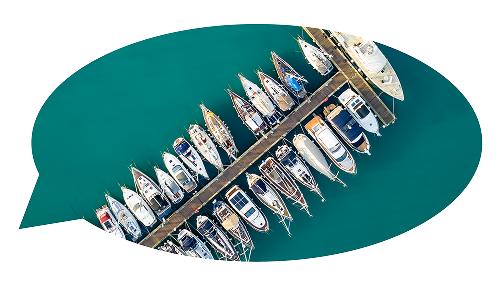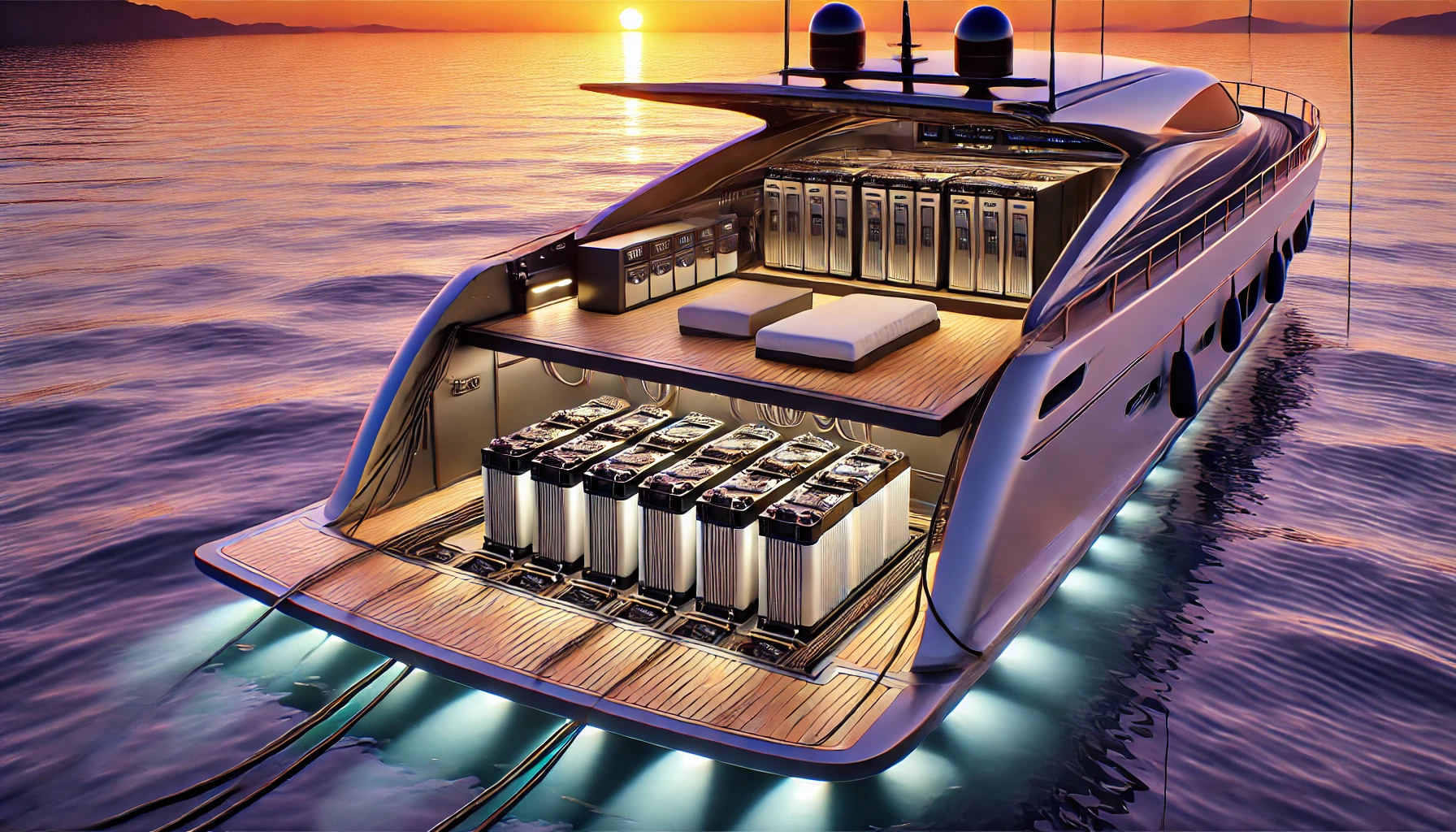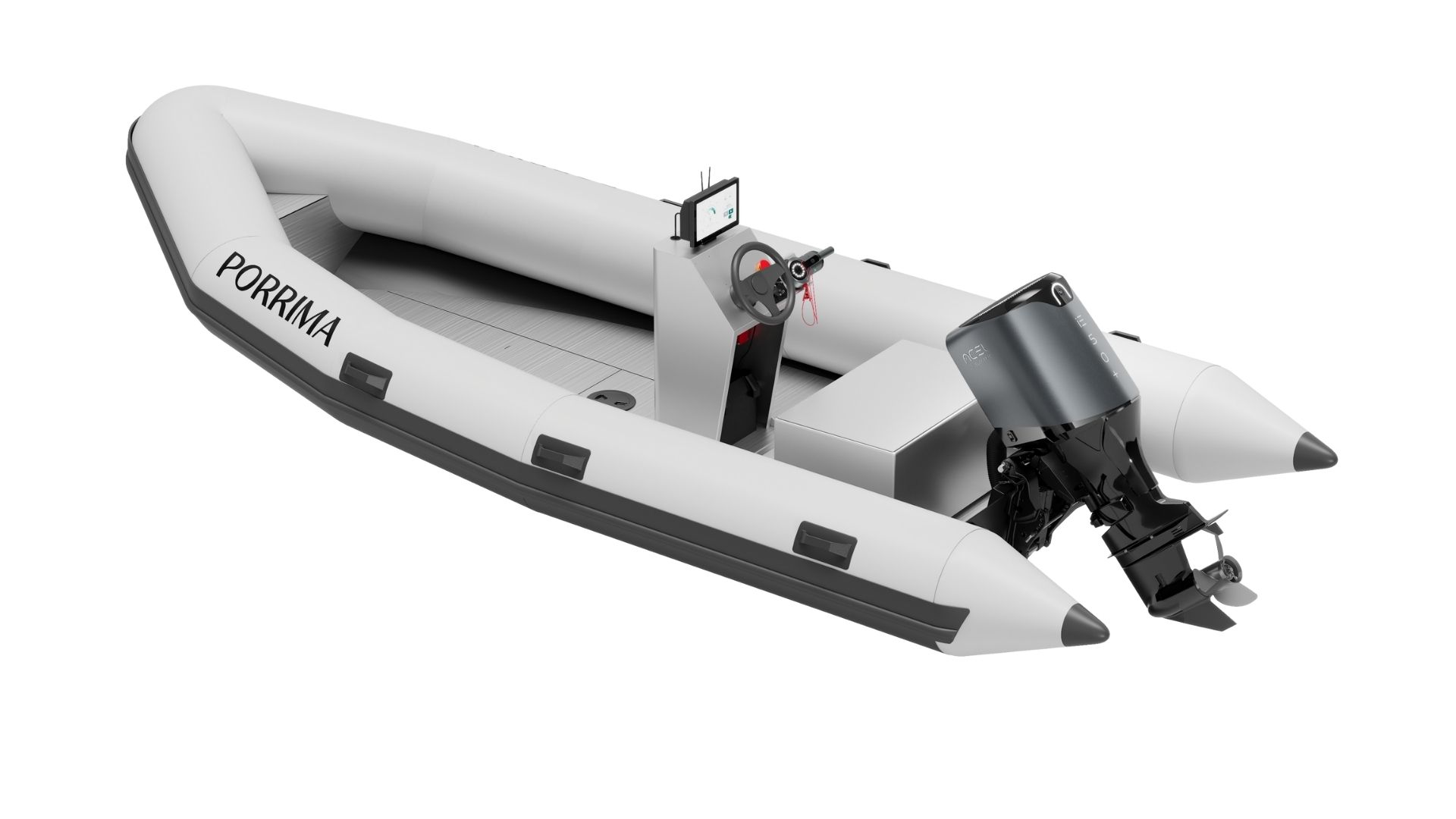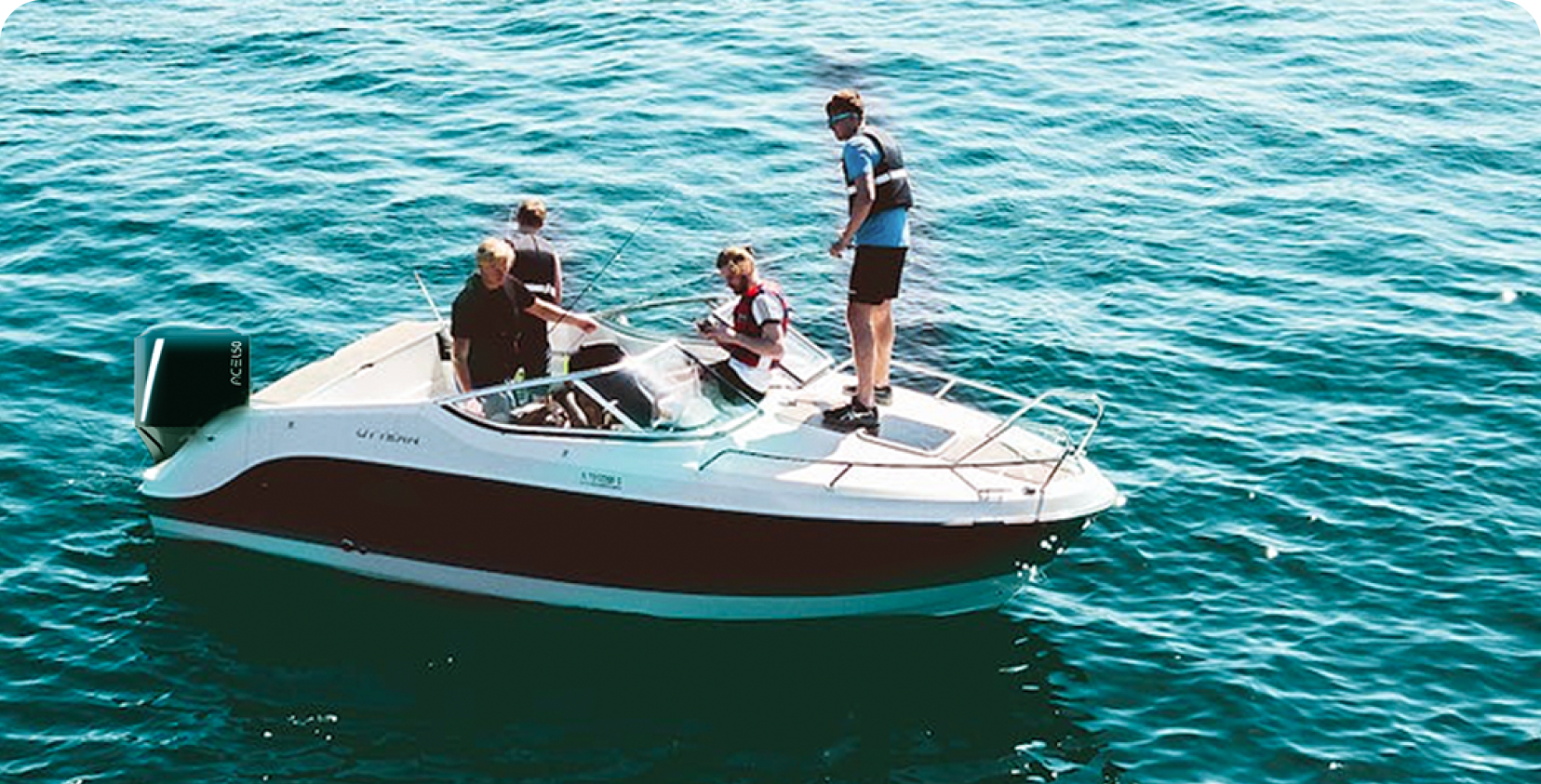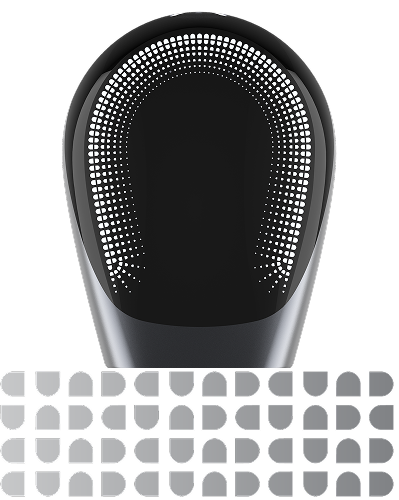The marine industry’s shift to electric propulsion isn’t just about meeting sustainability goals. It’s about delivering real range, smart integration, and reliable performance without sacrificing space, safety, or serviceability.
Boat builders and naval architects face complex design questions:
✅ How do you integrate battery pack technology to provide enough energy storage and extend range without ruining weight balance?
✅ How do you maintain passenger or cargo space?
✅ How do you future-proof for growing customer demand and tightening regulations?
At ACEL Power, we didn’t just adapt automotive batteries to boats. We developed a marine-first solution: a stackable battery pack system designed specifically for pure electric outboard and inboard propulsion.
Below, we’ll unpack the essential differences between cells, modules, and packs, then explain ACEL’s unique stackable PACK architecture.
Battery Cells, Modules, and Packs: What’s the Difference?
✅ Battery Cells
These are the fundamental units that chemically store energy. Cells come in prismatic, pouch, or cylindrical formats. Each cell typically delivers ~3–4 volts. Cell manufacturing is primarily a chemical process.
✅ Battery Modules
Modules are groups of cells assembled in series and/or parallel. They provide a serviceable sub-unit that can be easily replaced or maintained. Module assembly is a mechanical process designed for safe integration.
✅ Battery Packs
A battery pack is the complete system that delivers power to the vessel. Packs contain cells and/or modules, plus essential software (like a Battery Management System) and safety hardware. In marine applications, a battery pack may also include thermal management and sealing for saltwater conditions.
Learn more about Acel Powe Battery Pack here.
🚀 Introducing ACEL’s Stackable Battery Pack Architecture
What does “stackable” mean in marine electric propulsion?
Stackable at ACEL Power refers to our proprietary system that allows multiple battery packs—complete with integrated cells, modules, and BMS—to be connected seamlessly through our Power Distribution Units (PDUs) and controlled by our Energy Management System (EMS).
✅ Builders can add more packs to increase runtime and range.
✅ Each pack is fully marine-rated with its own safety systems.
✅ Software and hardware ensure that even packs with different State of Charge (Voltage) work together seamlessly.
This architecture is the only marine-focused stackable battery pack system on the market.
⚙️ Hardware Engineering for Marine Applications
ACEL’s modular battery packs were designed specifically for the demands of boat builders and naval architects:
✅ Marine-rated enclosures with robust ingress protection against saltwater environments.
✅ Integrated fuses and MSP (Manual Service Disconnect) switches for safe isolation during service.
✅ Pre-charge circuits to safely manage voltage ramp-up, avoiding dangerous inrush currents at startup.
✅ Custom-designed connectors with low resistance and vibration-tested durability.
These packs connect through our proprietary Power Distribution Units (PDUs) to the vessel’s propulsion system. The PDUs manage the safe and efficient interconnection of multiple packs—letting builders scale capacity as needed.
🌊 Stacking for Larger Vessels: Real-World Flexibility
The stackable design shines in real-world marine scenarios.
A real-life example would be: a 30-module stacking solution (5-pack stacking solution, with six modules each). For larger vessels needing extended range or higher power demands, ACEL’s architecture enables boat builders to connect multiple packs without redesigning the entire electrical system.
✅ Add packs for increased range while planning for weight distribution.
✅ Future-ready: install with two or three packs today, add more later.
✅ Serviceable: isolate individual packs for maintenance without system-wide shutdown.
Of course, more packs increase weight, so naval architects maintain control over the crucial trade-off between range, payload, and performance.
🔒 Energy Management System (EMS): The Brains of the Operation
ACEL’s proprietary Energy Management System (EMS) is what makes true stackable operation possible.
Our EMS ensures:
✅ Seamless operation even when packs have different State of Charge (Voltage).
✅ Sophisticated software-defined driving logic to balance power delivery.
✅ Continuous monitoring for temperature, voltage imbalances, and faults.
This is one of the biggest technical challenges we solved: enabling packs with different SOC (Voltage) to work seamlessly, thanks to our Energy Management System.
This approach delivers true plug-and-play flexibility for builders wanting to tailor range and capacity to each vessel.
🌡️ Thermal Management Designed for Marine Conditions
Unlike automotive EV systems with high-heat liquid cooling loops, ACEL’s battery packs are designed for marine duty cycles with minimal heat generation.
✅ No complex liquid cooling required, but still need it.
✅ Simplified installation in tight hull spaces.
✅ Fewer failure points in saltwater environments.
We validated our design through third-party testing for thermal management in enclosed marine engine bays..
🔌 Charging Strategy for Real Marina Infrastructure
Electric marine propulsion needs practical, safe, marina-friendly charging:
✅ Each battery pack (comprising one PDU and six modules) can be charged individually, making it ideal for phased charging in space-limited docks.
✅ ACEL’s system also supports simultaneous charging across multiple packs, balancing cells and correcting voltage differences via the EMS.
✅ Built-in pre-charge sequencing for safe, reliable operation.
✅ Typical charge to ~80% in ~1 hour (cell-chemistry dependent), supporting commercial and recreational usage patterns.
Our architecture anticipates the evolving dockside charging infrastructure, ensuring builders can design vessels ready for tomorrow.
📈 Software, Monitoring, and Predictive Maintenance
ACEL’s system isn’t just hardware—it’s a fully integrated digital platform.
✅ Thousands of metrics stored locally for onboard diagnostics.
✅ Planned transition to cloud-based data logging for fleet management and remote analytics.
✅ Predictive maintenance via time-based and alarm-based alerts, reducing downtime for commercial operators.
✅ Future-ready for integration with marine industry data standards and fleet dashboards.
📜 Tested, Certified, Marine-Ready
Safety and compliance aren’t optional—they’re built-in:
✅ Vibration, shock, and ingress testing to marine standards.
✅ Third-party validation of safety-critical features.
✅ RINA and other certifications in progress.
✅ Communication protocols and isolation systems designed for marine electrification standards.
Our EMS and BMS are developed to simplify certification for builders integrating ACEL packs into new hull designs.
🔭 Built for the Future of Marine Electrification
As environmental regulations tighten and customer expectations rise, ACEL’s stackable battery pack system is designed to adapt:
✅ Add capacity or upgrade packs without a complete redesign.
✅ Software architecture ready for new cell chemistries.
✅ Communication protocols that can evolve with inverter and charging technology.
Our mission is to ensure that vessels built today stay competitive and compliant for decades.
⚓ Partnering with Boat Builders to Drive Marine Innovation
At ACEL Power, we understand electrification isn’t just a swap—it’s a design transformation.
Our stackable battery pack system was developed to make that transformation easier. By delivering marine-grade safety, modular hardware flexibility, and intelligent software, we’re not just selling batteries—we’re powering the next generation of clean, efficient marine propulsion.
If you’re a boat builder, naval architect, or marine operator exploring electric propulsion, let’s talk about how our modular battery pack system can help you design smarter, safer, and more future-ready vessels.
Ready to get started? Contact us at info@acelpower.com or click on the link today to discuss your next electric propulsion project.

